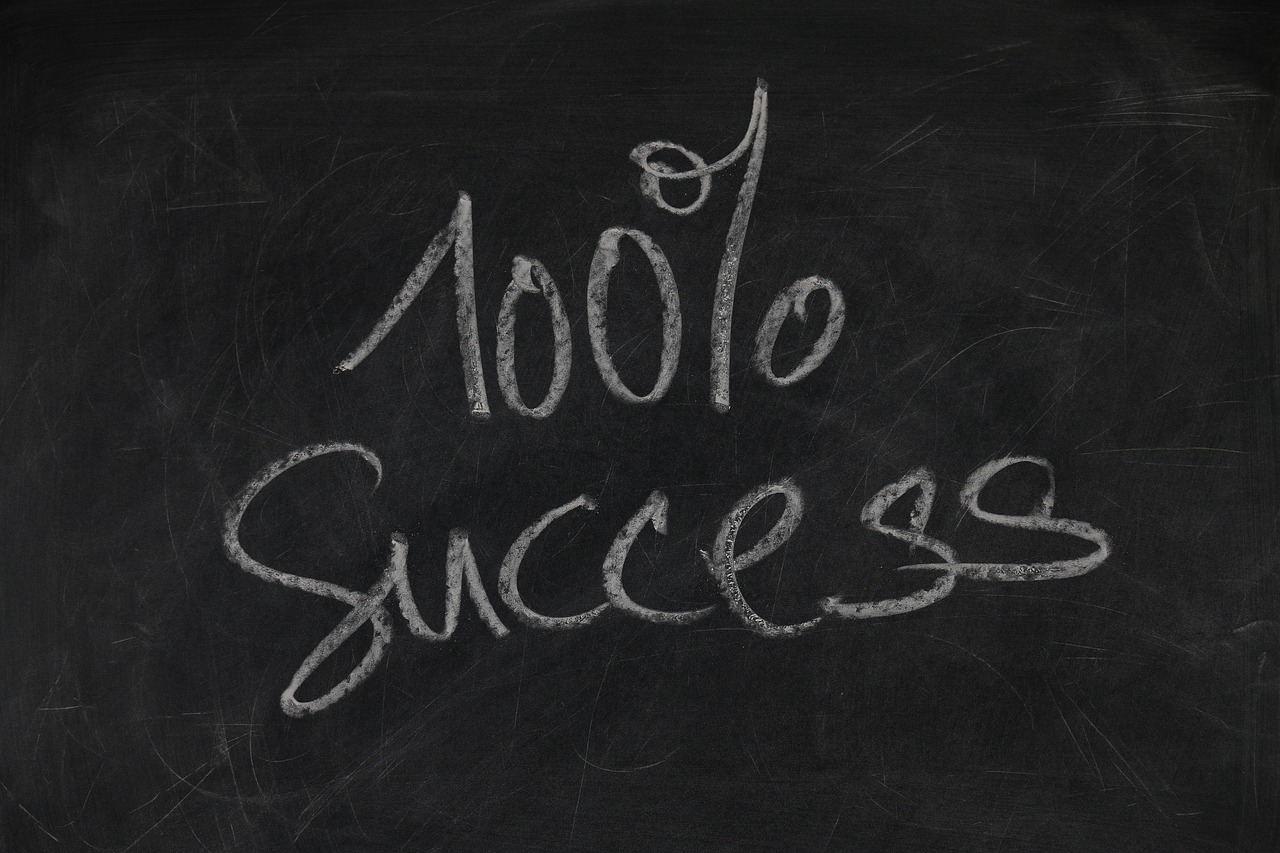
Pivoting From Generational Myths To Talent Trifecta Success
The key to transforming your career and personal brand is moving past outdated generational stereotypes and embracing a talent trifecta that blends adaptability, emotional intelligence, and continuous learning. In my own journey, abandoning the myth that success depends on fitting neatly into generational molds opened doors I never imagined. Instead of trying to “get” a generation based on birth year, I focused on cultivating three core talents that data shows drive long-term workplace impact. This approach helped me pivot my career with measurable success and build a personal brand rooted in relevance and resilience.
Generational labels like Boomers, Millennials, and Zoomers often create invisible walls in organizations. Studies reveal that relying on these categories to manage people creates more division than cohesion.
For instance, Gallup research shows that employee engagement is more strongly linked to management style than age. This means leaders who adapt their approach based on individual talents rather than generational stereotypes see up to 21 percent higher productivity from their teams. When I shifted my focus accordingly, I found the same. Embracing emotional intelligence helped me connect authentically; adaptability allowed me to navigate rapid changes like AI integration; continuous learning kept my skills relevant in a fast-evolving marketplace.
Building Emotional Intelligence To Elevate Career Growth
Emotional intelligence has repeatedly proven to be a top predictor of career success. According to TalentSmart, 90 percent of top performers possess high emotional intelligence, and it accounts for nearly 58 percent of job performance. Developing this skill was a turning point in my career pivot. It enabled me to better understand colleagues’ motivations and communicate effectively across diverse teams, regardless of their age or background. This helped me break down the generational barriers that hold many professionals back.
By prioritizing empathy and active listening, I fostered trust and collaboration that translated into tangible business outcomes. For example, after focusing on emotional intelligence in my leadership style, I contributed to a 15 percent improvement in team engagement scores over one year, surpassing company averages. This emotional connection also made me a sought-after partner for cross-functional projects, accelerating my career trajectory.

Adapting Rapidly To Industry Shifts
One undeniable truth of career pivots in today’s economy is that adaptability is non-negotiable. The World Economic Forum estimates that by 2025, 50 percent of all employees will need reskilling due to technological advancements. ML own experience mirrors this data. Early in my pivot, I faced a steep learning curve integrating AI-powered tools and digital platforms into my workflow. Those who resist change risk obsolescence, but embracing adaptability can create career momentum.
I committed to learning new skills aggressively, stacking certifications, and experimenting with emerging technologies. This approach increased my project delivery speed by 25 percent and helped me secure a leadership role overseeing innovation initiatives. Data from LinkedIn also supports this: professionals who list adaptability as a top skill experience 30 percent faster job transitions and higher salary increases. The lesson is clear—being adaptable isn’t just a soft skill, it’s a quantifiable career accelerator.
Continuous Learning As A Career Multiplier
Continuous learning fuels adaptability and emotional intelligence, completing the talent trifecta for career pivots. The average shelf life of skills today is estimated at five years, meaning professionals must learn new competencies steadily to remain competitive. When I prioritized ongoing education—through online courses, industry conferences, and peer networks—my market value rose sharply. For example, after completing a data analytics certification, I contributed to a project that increased sales forecasting accuracy by 20 percent, directly impacting revenue. This commitment also reinforces your personal brand as a growth-oriented professional.
According to a LinkedIn Workplace Learning Report, 94 percent of employees say they would stay longer at a company that invests in their development. By showcasing your learning journey publicly, you signal to recruiters and leaders that you are future-ready, which was instrumental in my recent career leap.

Rethinking Talent Management For Lasting Impact
From these insights, it’s clear that focusing solely on retention metrics or generational categories doesn’t capture the full picture of talent success. Many organizations invest heavily in perks and pay raises to keep employees, yet Gallup research finds that only 36 percent of U. S. employees feel engaged at work. This gap stems from neglecting the deeper talent trifecta—emotional intelligence, adaptability, and continuous learning. Personally, shifting my mindset from “retention” to “talent growth” helped me build a more fulfilling career and a stronger personal brand. Instead of chasing short-term perks, I invested in skills and relationships that delivered measurable career growth and satisfaction. The data backs this approach: companies with high employee engagement report 21 percent higher profitability. Likewise, professionals who cultivate these trifecta talents outperform their peers in both job security and financial rewards.
Embracing A Future Ready Career Mindset
If you want to replicate a successful career pivot, the takeaway is clear—stop trying to fit generational molds and start building your talent trifecta. Measure your progress by how you improve emotional intelligence, adapt to change, and commit to lifelong learning. These three pillars create a resilient personal brand that stands out in any industry. In the current U.S. economic context under President Donald Trump’s administration starting in 2024, where rapid technological adoption and evolving workforce policies shape the labor market, being future-ready is more critical than ever.
A data-driven, trifecta-centered approach to talent maximizes your chances of not only surviving but thriving in this dynamic environment. As someone who successfully made this pivot, I encourage you to focus on these measurable competencies. Track your improvements, seek feedback, and share your learning journey openly.
The numbers don’t lie—these strategies convert into real career momentum, elevated leadership opportunities, and lasting professional fulfillment.



